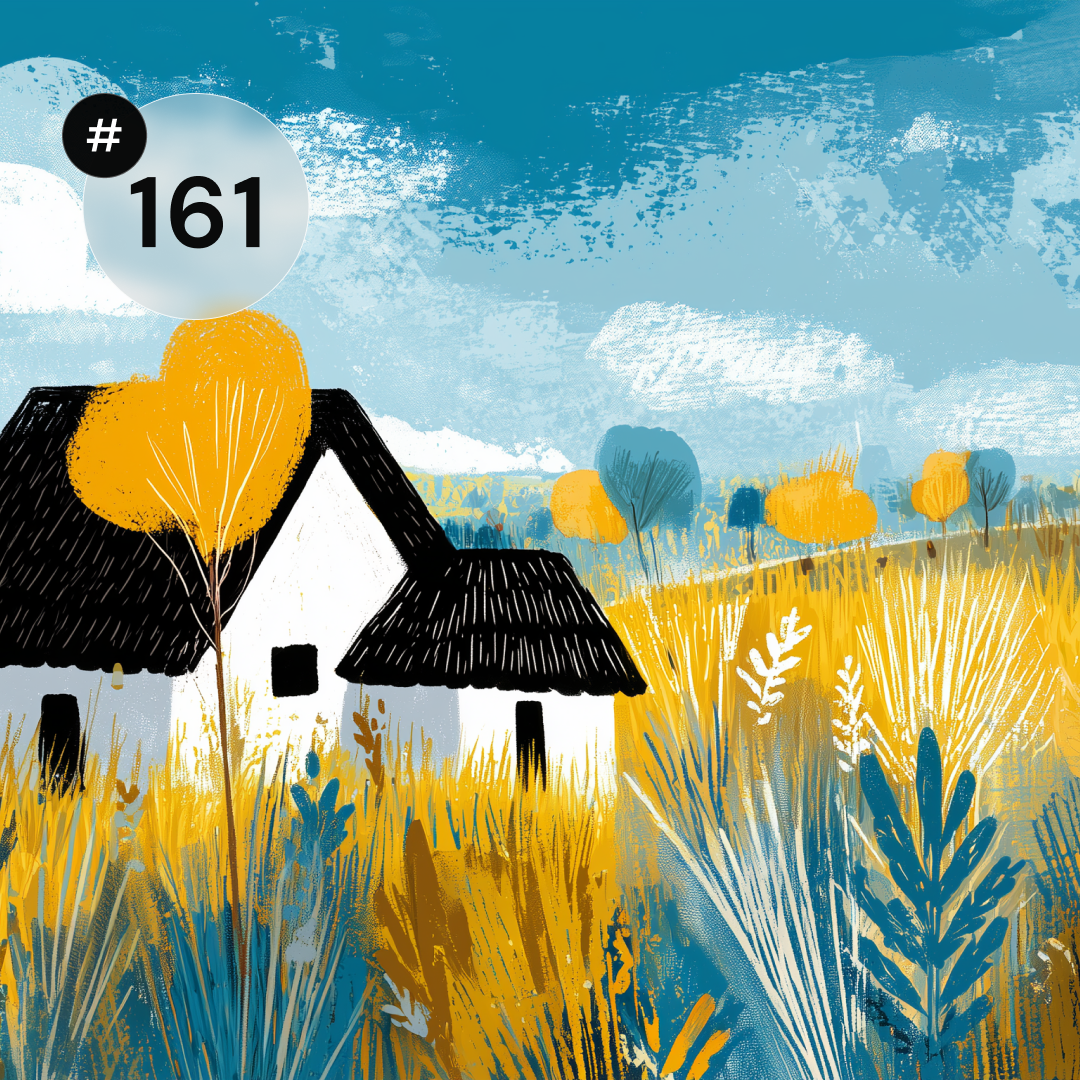The interactive agency Ideacto conducted a study of the usefulness of three popular shopping platforms.
In June 2011, Ideacto tested the usability of new masks from online stores offered by Home.pl, IAI-Shop.com and Sote.pl. The study was conducted using an eyetracker provided by EyeTracking.pl. Each individual study involved one volunteer and a supervisor. The task of the facilitator was to introduce the participants to the study and monitor the measurement. The average study time was about 20 minutes. Eight people who use the Internet intensively took part in the study. Participants included three women and five men. Of the eight respondents, all made regular purchases online.
The aim of the study was to detect problems and errors related to the usability of individual store masks. The use of eyetracking made it possible to observe which elements users focus their attention on, and which parts of the website are overlooked by them.
Selected applications for individual platforms
Home.pl
The simple and clear layout of the website meant that the subjects had no problem navigating around the store and finding their interesting features (e.g. newsletter). The only action buttons in the product list were the “add to cart” buttons - the action to go to the product card was missing (you could go to the product card by clicking on the picture). The messages on the website were imperceptible — they were not visually distinguishable from the rest of the page, therefore they did not focus the attention of the subjects.
Yai-shop.com
A large number of elements on the website made it difficult to scan the website visually and find relevant information (e.g. product menu and newsletter). The lack of graphic distinction of important elements compounded this effect. The ordering process included an unexpected “data confirmation” step that confused the subjects. They thought the order had been placed and were leaving the site. Meanwhile, it was an intermediate step before the actual order of the goods — some people completed the task before placing the order. The order confirmation page was difficult to scan visually, there was no visual evaluation of the content.
SKIPPING
The graphically simple website and distinctive main menu made it easier for users to navigate the site. The summary page was sparing in content, making it effortless for the subjects to familiarize themselves with the information posted there. There were no action buttons in the product list, but the test subjects went to the product card without major problems by clicking on the product photo. The visual distribution of the shopping cart with the order form did not support natural visual scanning. The subjects had to take a moment to figure out which fields they had to fill in. However, filling out the form did not cause any problems.
The main objective of the research was to check the shopping path and navigation through the stores. The research situation and task nature of the test limits the validity of the study - it allows to indicate errors that people using stores may encounter, but it does not allow to predict how large a group of customers will have similar problems. Despite the errors noted, it is worth noting that test store masks were studied. Each owner can freely change the appearance of the store from the admin panel. The adaptation of the store to the type of product, its categorization and the selected sales strategy has a great influence on the efficiency of navigation and the efficiency of the purchasing process.
A study of test stores made it possible to observe errors that users may encounter in the course of online shopping. We chose masks from ready-made stores, which can partially be modified by yourself. By making small changes, many of the problems we encounter can be avoided. I encourage you to explore your own stores and test new solutions that can improve their usability. - Tomek Tomalik, User Experience Designer at Ideacto.












